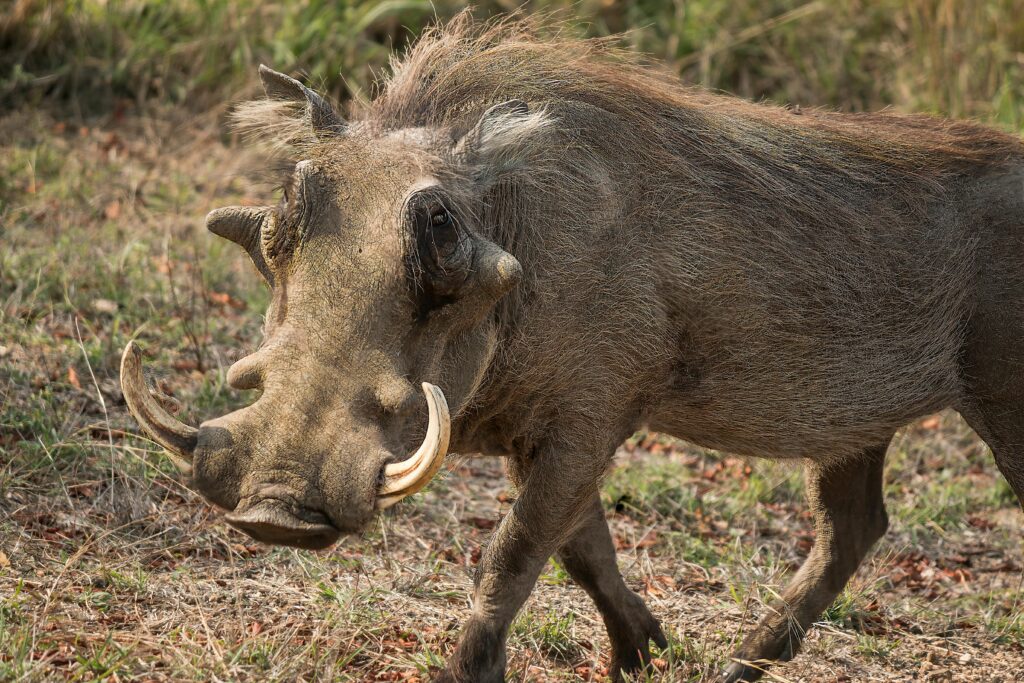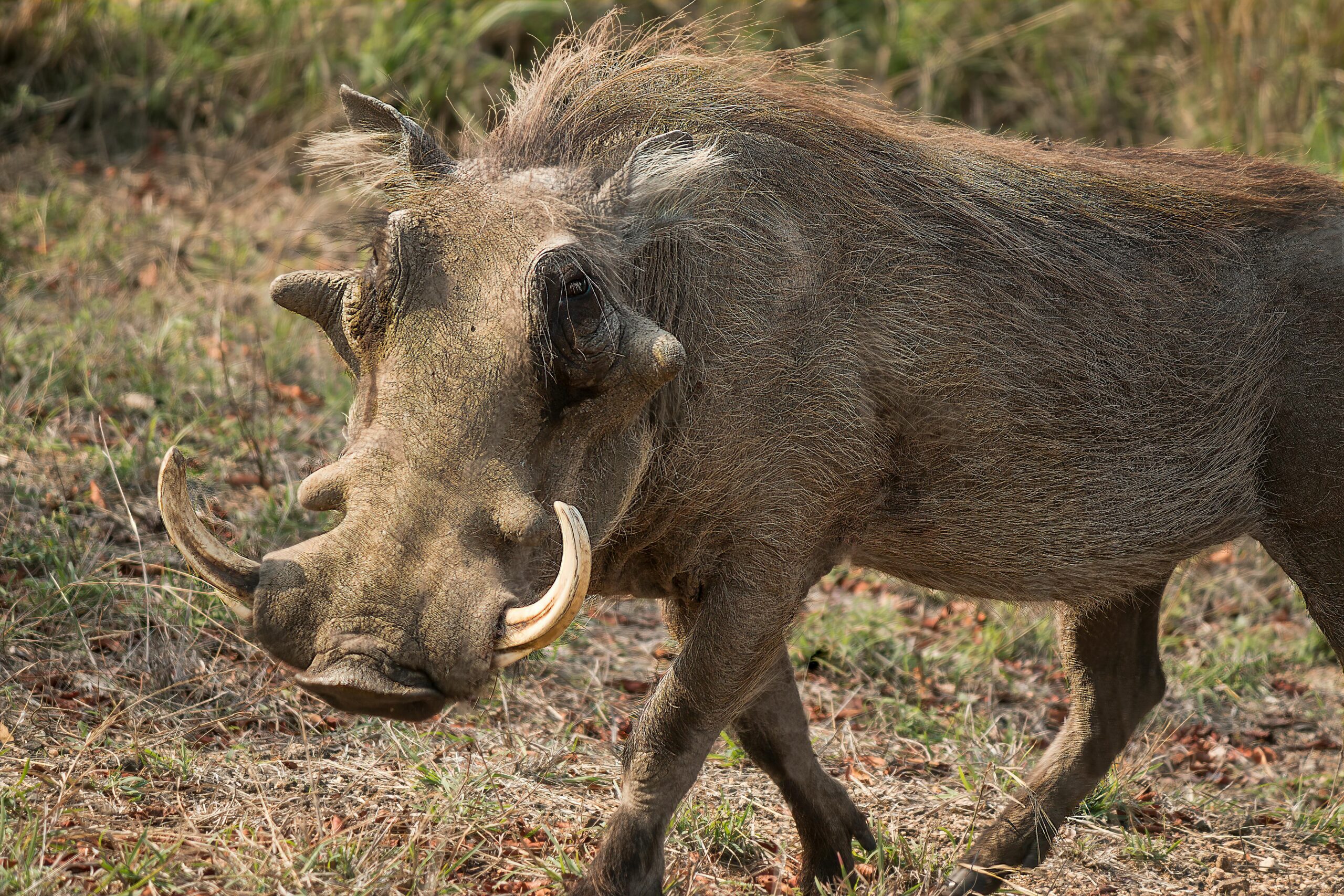Environmental Impacts and Strategies for Managing Invasive Wildlife

Invasive species pose a significant risk to our native ecosystems, wildlife, and even human health. In environments where they have no natural enemies, these organisms can thrive unchecked, outcompeting indigenous species for sustenance and living space. Such disruptions can result in the disappearance of local species and inflict enduring harm on the environment. In this discussion, we’ll examine the ecological consequences of invasive species and review the measures employed to mitigate and contain their proliferation.
Exotic species are animals or plants that find themselves in new environments where they don’t naturally belong. Sometimes, they arrive by accident, hitching a ride through travel or trade. Other times, they’re brought in on purpose, for farming, gardening, or even as pets. While some of these newcomers settle in without causing trouble, others turn into invasive species, taking over ecosystems and upsetting the natural balance.
Environmental Impacts of Invasive Species
The arrival of foreign species to new environments can profoundly impact the indigenous ecosystems. An exotic species, when it turns invasive, has the potential to upset the ecological equilibrium, triggering a domino effect that reverberates through the whole ecosystem. This delicate dance of nature, once disturbed, can lead to unforeseen consequences that extend far beyond the initial point of contact. It’s a narrative that unfolds across our planet, reminding us of the intricate interconnectivity of life
Disruption of Native Species

Invasive species pose a serious threat to the balance of natural ecosystems. These unwelcome guests can throw off the harmony of life that native plants and animals have delicately maintained over millennia. The invaders often have an upper hand in the struggle for resources, outmatching the locals for essential needs like sustenance and habitat. Such fierce competition can lead to a decrease in native populations, and in dire cases, result in their complete disappearance. It’s a stark reminder of the fragility of ecological networks and the importance of protecting them.
Imagine venturing into the lush Florida Everglades, only to find an unexpected predator lurking in the water. The Burmese python, a species native to Southeast Asia, has found a new home in these wetlands. Without any natural foes, these formidable snakes have thrived, much to the detriment of local wildlife. The once-abundant populations of small mammals such as rabbits and raccoons have dwindled alarmingly.
In a similar vein, the plant world has its own conquerors. Take, for instance, kudzu, a plant so notorious for its rapid growth that it’s been dubbed “the vine that ate the South.” This invasive species can blanket entire landscapes, smothering native flora under its expansive reach. Both the Burmese python and kudzu serve as stark reminders of the delicate balance of ecosystems and the consequences of their disruption.
Alteration of Ecosystems

Invasive species are more than just a threat to other wildlife they can reshape entire ecosystems. These unwelcome guests can disrupt the balance by hogging resources or spreading new illnesses, leading to lasting impacts on the environment. Take the emerald ash borer, an invasive beetle from Asia, as an example. It has wreaked havoc on North American ash trees. This isn’t just about the trees themselves; it’s about the ripple effect on the flora and fauna that rely on them, and the broader implications for the forest’s intricate web of life. The disappearance of ash trees is a stark reminder of how interconnected our natural world is and the profound influence invasive species can have.
Water habitats are not immune to the threats posed by invasive species. Take the Great Lakes as an example, where zebra mussels have wreaked havoc. These invaders filter out the plankton that is crucial for the survival of local fish species. This leads to a domino effect, disturbing the entire aquatic ecosystem and impacting both flora and fauna. Such disruptions underscore the delicate balance of our natural water bodies and the care needed to protect them.
Strategies for Managing Invasive Species
The battle against invasive species is pivotal for safeguarding our planet’s rich tapestry of life and averting ecological harm. A variety of tactics are employed to curb the encroachment of these unwelcome invaders, spanning from proactive prevention to their eradication. Engaging in this fight is essential to preserve the delicate balance of our ecosystems.
Prevention of New Invasions

Public awareness initiatives play a crucial role. A significant number of individuals are not informed about the hazards that releasing non-native pets into natural habitats can cause. By enlightening the community on the importance of conscientious pet care and the threats posed by invasive species, we can aid in averting further releases. Engaging and informative campaigns can transform the public’s approach to exotic pet ownership, fostering a more sustainable coexistence with our environment.
Early Detection and Rapid Response
- When prevention fails, early detection and rapid response are key to stopping an invasive species before it becomes established. Monitoring programs are in place in many countries to detect the presence of invasive species as soon as possible. Once detected, rapid removal or control measures can be implemented to limit their spread.
- For instance, managing invasive plants can involve manual removal or the use of specialized tools. Alternatively, introducing the natural enemies of these invasive species can aid in regulating their numbers. Yet, this method requires cautious application to prevent unforeseen issues, since the introduction of new organisms can occasionally lead to additional complications.
Long-Term Control and Restoration

For species that have firmly taken root in their new environments, enduring management techniques are essential. This typically entails a multifaceted approach, incorporating tactics like biological suppression, and environmental rehabilitation. Manual eradication might involve the uprooting of intrusive vegetation or the capture of non-native fauna. Occasionally, chemical agents such as pesticides or herbicides are employed; however, these must be used judiciously to prevent adverse effects on indigenous species
Restoring native habitats holds significant importance. After the removal of an invasive species, the affected ecosystem often requires assistance to bounce back. This restoration process may involve the reestablishment of indigenous flora, the return of native fauna, or the enhancement of soil and water quality. Engaging in these activities not only helps the environment but also reconnects us with the natural world, fostering a harmonious coexistence.
Conclusion
The incursion of foreign species into unfamiliar territories presents a formidable obstacle for those dedicated to conservation and environmental protection. These invasive species can wreak havoc, overpowering indigenous fauna, disrupting natural habitats, and even posing risks to human endeavors. Nevertheless, with proactive prevention, vigilant early detection, and strategic management, we can curb the proliferation of these invasive organisms and safeguard the fragile equilibrium of our natural environments.




